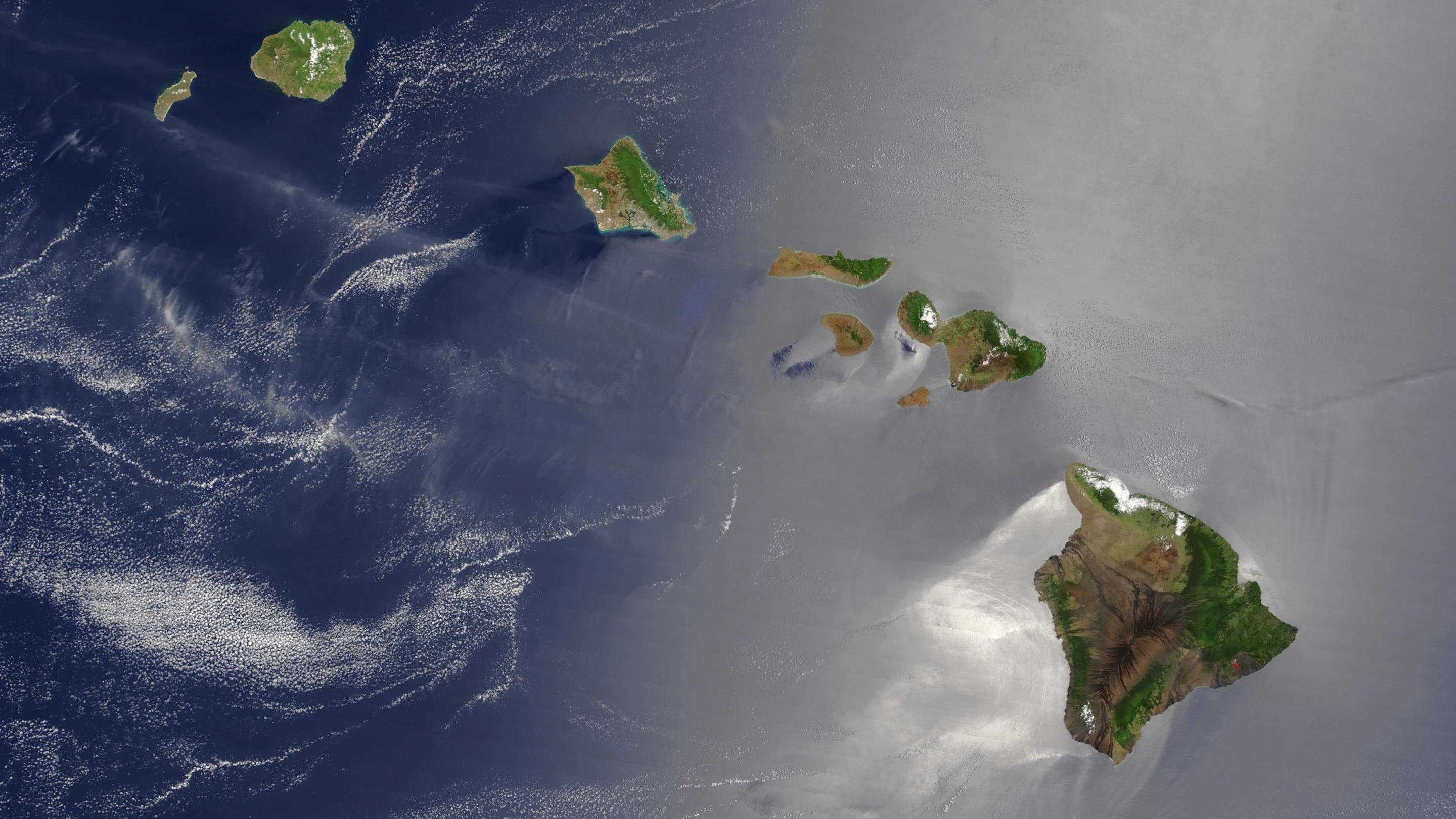The National Science Foundation revealed Friday that it will not fund the Thirty Meter Telescope project on Maunakea, leaving the future of the project in jeopardy.
On Friday, NSF published a Congressional budget request for the 2026 fiscal year which briefly mentioned that the federal agency has removed TMT from consideration for funding for its U.S. Extremely Large Telescope Project.
The agency had announced in 2024 that it could only feasibly fund one of two large-scale telescope projects: either TMT on Maunakea, or the Giant Magellan Telescope in Chile.
The Friday announcement leaves $1.6 billion off the table for TMT, which TMT officials had previously said is essential for the completion of the project.
TMT project manager Fengchuan Liu said in a statement Monday that TMT is “disappointed” in NSF’s decision but still imagined a scenario where the project can receive federal funds.
“We remain firmly committed to finding a path forward for TMT,” Liu said in his statement. “We can imagine a future in which NSF participation in the TMT would open opportunities for significant discovery to the entire U.S. science community, and welcome further conversations to make this a reality.”
While the budget request does not shed much light on NSF’s decision to reject TMT — it devotes all of one paragraph to the Extremely Large Telescope project — the decision was informed by the findings of a 2024 panel evaluating both projects.
The panel was made up of four science advisors: Persis Drell, former director of the SLAC National Accelerator Laboratory in California; Kelvin Droegemeier, former director of the White House Office of Science and Technology Policy; Rick Farnsworth, former associate director of the NSF National Radio Astronomy Observatory; and James Hurrell, former director of the NSF National Center for Atmospheric Research.
The panel’s evaluation was published Dec. 2024. While the report doesn’t make any explicit recommendations, it does highlight some key deficiencies in the TMT project that may have ruled it out.
Critically, the evaluation notes that site access on Maunakea is a key risk to the entire project, and that being unable to build on the summit would be “an existential threat” to the entire enterprise.
The question of access has loomed over the project for decades. In 2019, Native Hawaiian protestors, in an effort to protect the mountain from further industrial development, camped for months at the Maunakea Access Road, leading to multiple standoffs with police and the arrest of 33 kūpuna.
While TMT has named the island of La Palma in the Canary Islands as a possible alternate site, the evaluation determined that contingency has not been developed to the same level as the Maunakea plans.
“If it became apparent Maunakea was not going to be available, (TMT) would switch to adapting plans for TMT to the Canary Islands site,” the evaluation read. “There was no timeline associated with these decision points … The panel finds (TMT’s) mitigation strategy for this risk, taken as a whole, to be inadequate.”
The backlash by Native Hawaiians to TMT may have had another unexpected impact on the panel’s findings. The panel evaluated both projects’ ability to offer educational outreach programs from K-12 all the way to graduate programs.
But while GMT’s offerings involve universities and organizations in both the U.S. and Chile, TMT’s outreach programs are “almost exclusively focused on Indigenous Hawaiian populations.”
The evaluation stated that TMT would be best served to expand its outreach efforts as quickly as possible to jurisdictions beyond Hawai‘i.
The panel’s report concludes by setting out both projects’ strengths and weaknesses, and advising the NSF director to “optimize the use of taxpayer funding to ensure that both projects have the opportunity to succeed.”
That said, whether it was the director’s decision to cut TMT out of the budget is unclear: the NSF directorship is vacant, prior director Sethuraman Panchanathan having resigned in April.





